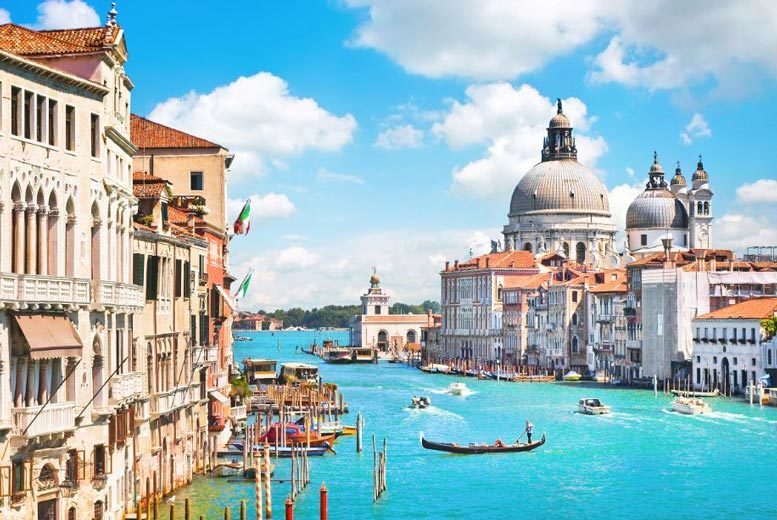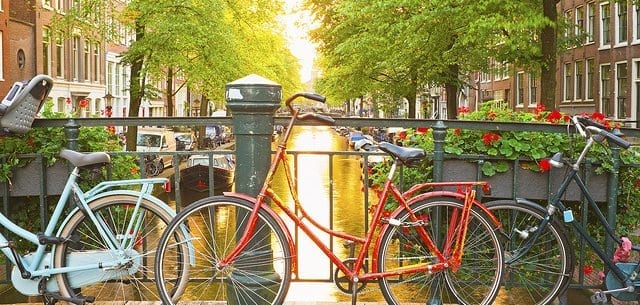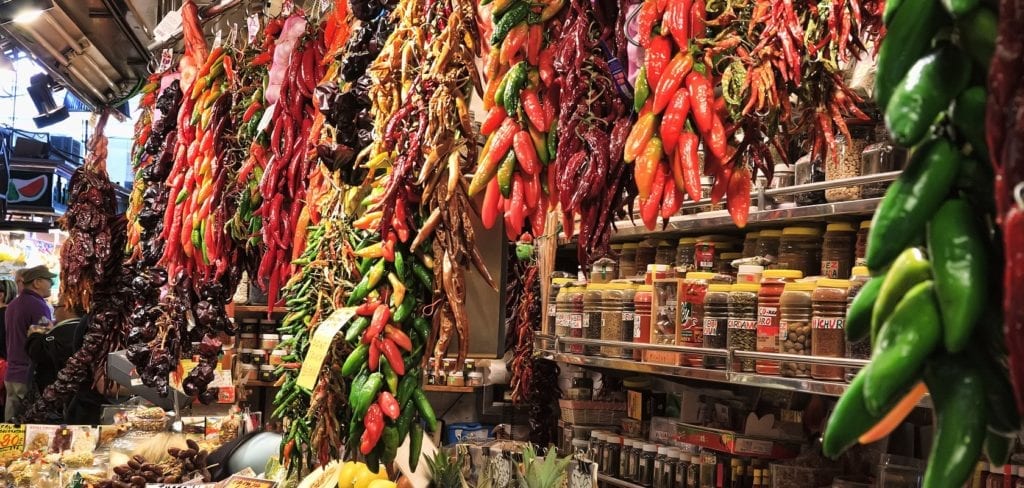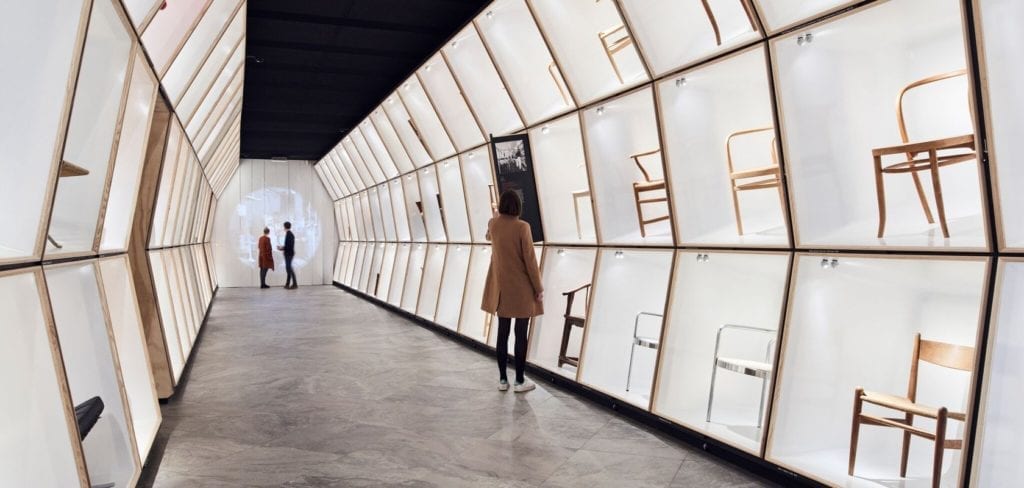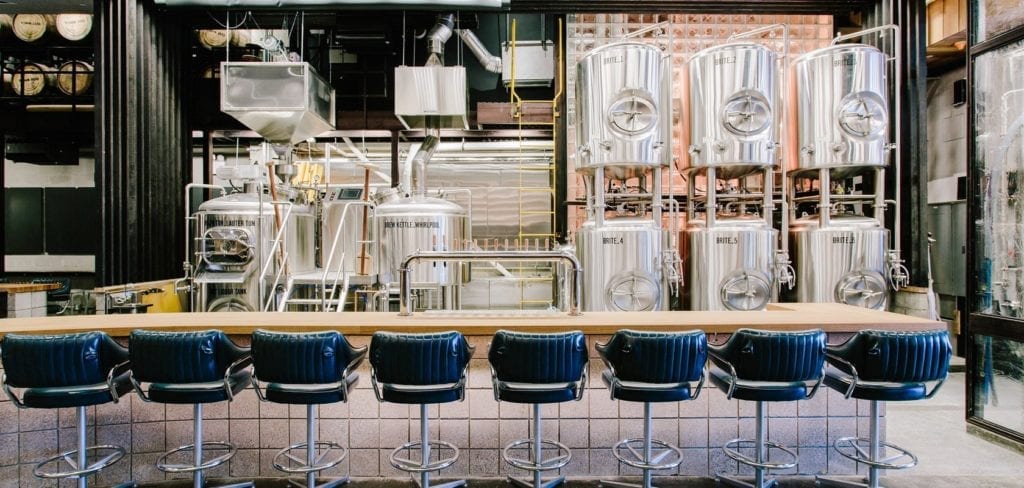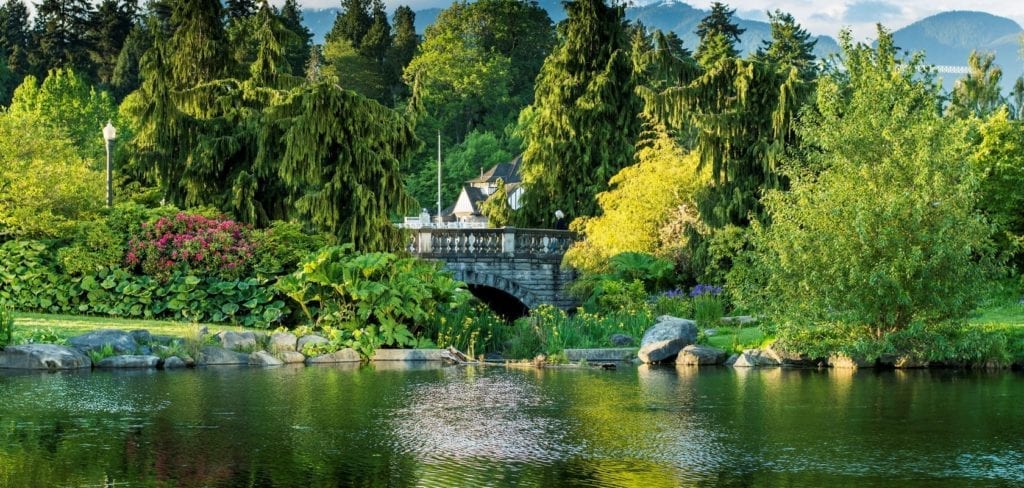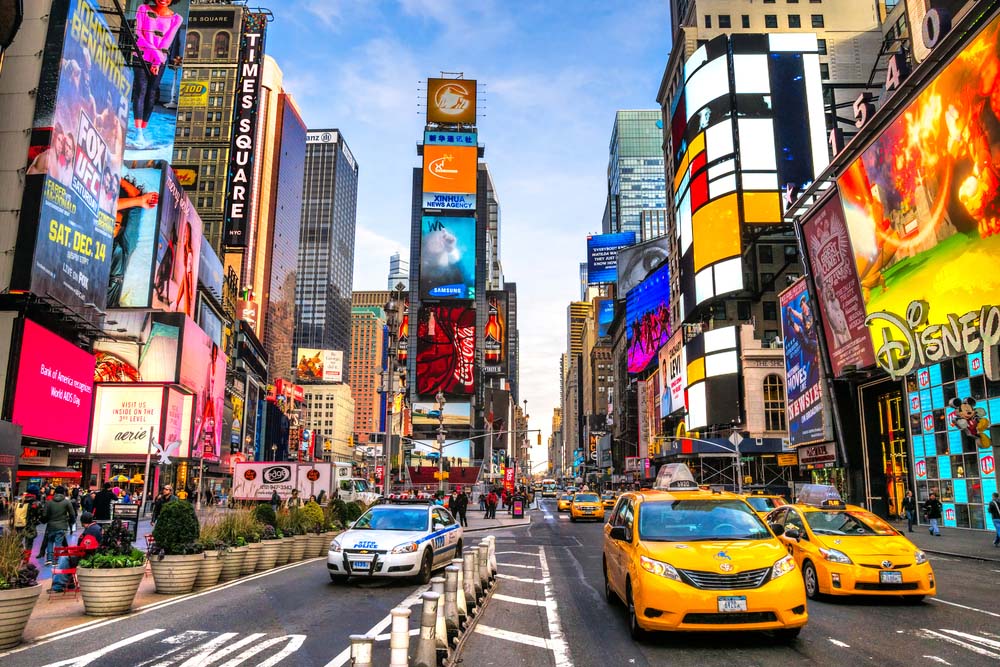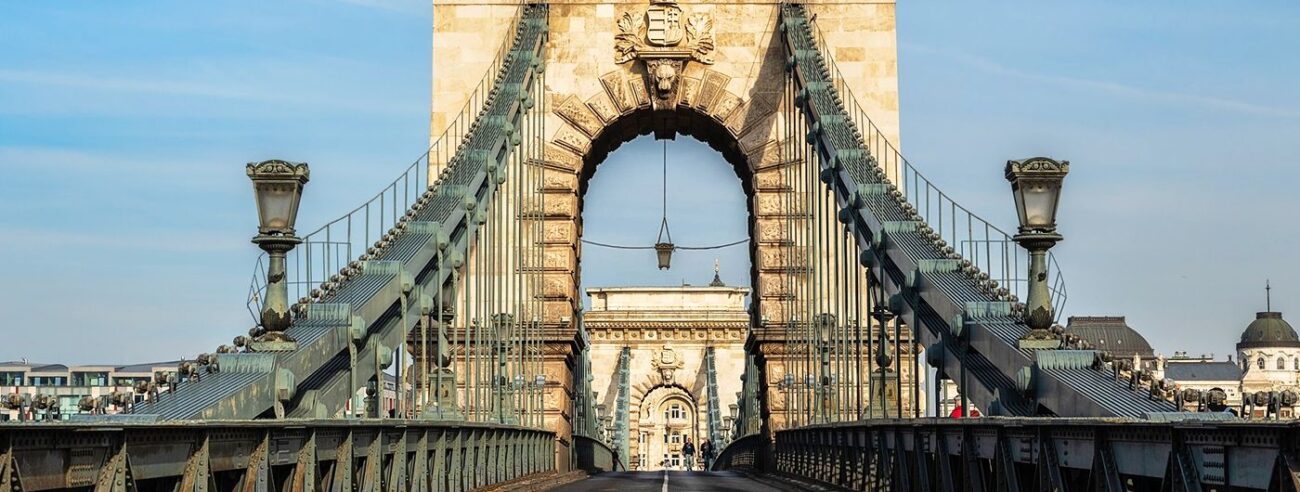Boasting Brussels
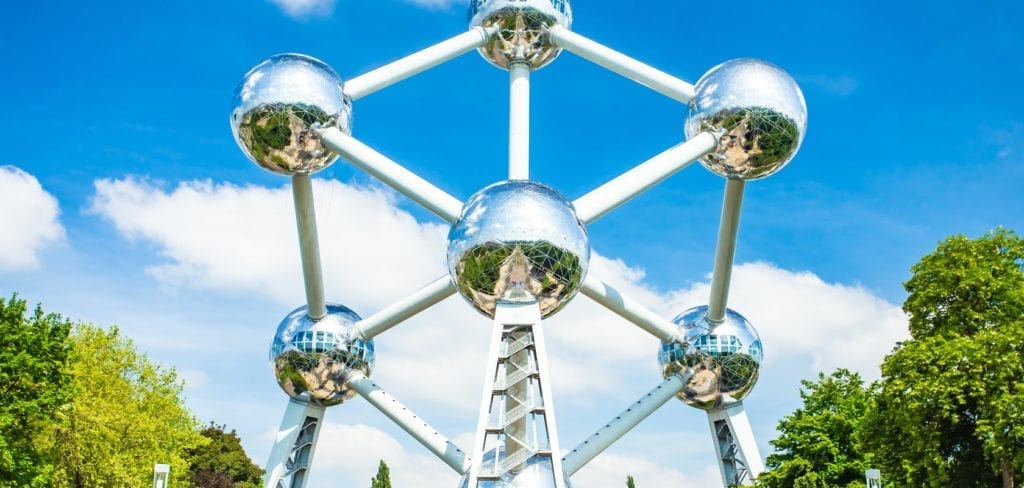
Often overlooked and misunderstood, Brussels is a city full of surprises. It is no coincidence that the city’s symbol, the Manneken Pis, is a boy peeing into a fountain.
With its vaunted art collections, world-renowned cuisine, formidable Trappist beers and of course heavenly chocolate, Brussels is a significant cultural capital and a perfect pocket-sized introduction to continental Europe. The city of Pieter Brueghel, René Magritte, Hergé, Jacques Brel and Jean-Claude Van Damme has drawn folk to it since medieval times. Brussels’ location provides an excellent starting point to explore the gorgeous Flemish cities of Bruges and Ghent and the frisky port of Antwerp—all within an hour’s train ride.
The city that sets its own path
Brussels is a compact city, amenable to visitors and one of the few remaining European capitals whose essential attractions are all within reach on foot. Hiring a bike is the quickest way of getting around the center of Brussels but the cobbled streets mean that walking is easiest and Belgium’s temperate climate makes it attractive year-round. The city’s famous Christmas fair and markets light up the dark winter nights but during spring and summer Brussels’ buoyant cafes and bars spill onto the streets of the convivial and neighborly old town.
Many of Brussels’ most famous inhabitants were torch bearers for cultural movements that lit up the last century: Victor Horta invented Art Nouveau; Magritte was one of the founders of surrealism. Brussels has always set its own path. Beauty and the banal are comfortable bedfellows that epitomize the city’s contrary charm: WIELS, the excellent and often provocative modern art gallery, is located in a former beer brewery, the gargantuan copper brewing casks of the latter sit surreally at the entrance to welcome you.
Capital of cocoa
The first foray into Brussels begins at its beating heart, the dramatic Grand Place whose impressive buildings span from medieval times to the 19th century. A UNESCO World Heritage Site, the lively square boast the city’s Gothic Town Hall and the Museum of the City of Brussels and is framed by ornately decorated guildhalls. Every two years in August, an extraordinary flower carpet is set up in the Grand Place for a few days. Chocolate lovers only need to walk a few minutes off the Grand Place to Galeries Royales St-Hubert. Europe’s premier shopping mall opened here in 1847—Brussels, of course, being a city of firsts—is the top spot for all things that can conceivably contain cocoa.
Brussels Park is the suitably grand but compact location for city’s most celebrated art museums: Musée Oldmasters, which boasts Brueghel’s most famous paintings and major works by Rembrandt, Van Dyke and Rubens; the recently opened Musée Fin-de-Siècle, the Magritte Museum and the Palais des beaux-arts de Bruxelles—simply BOZAR for short. In the summer, the park hosts big concerts. From here you can visit the remains of the former royal palace Coudenburg opposite and the rebuilt neoclassical Royal Palace of Brussels. In complete contrast facing the idyllic Ixelles Ponds, a favorite hangout for locals, is the iconic Art Deco Flagey building. The square is where you can sample the most authentic frites in town. Place Poelaert in front of the Palace of Justice acts as a terrace over the city and is a great place to meet the locals and watch the sunset.
And we have not even started with the restaurants serving hearty Belgian cuisine and lest we forget all that lovely Belgian beer from the Dubbels and the Gueuzes through to the Wisbiers and everything in between.

